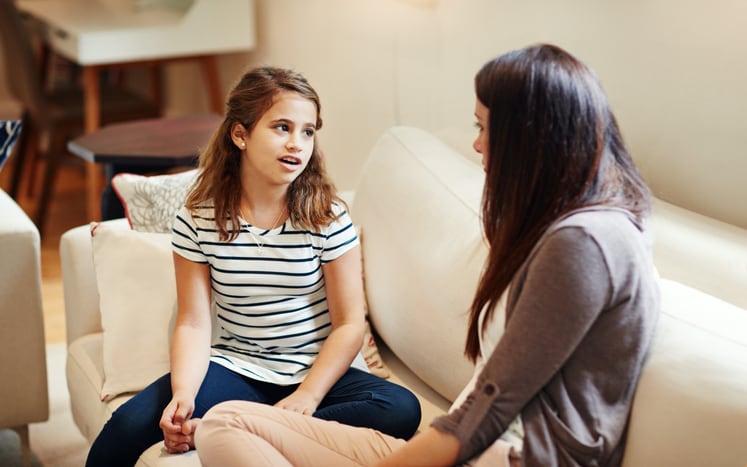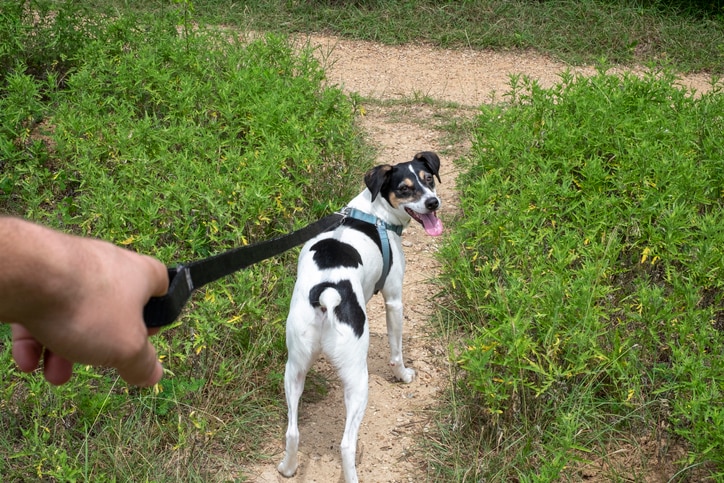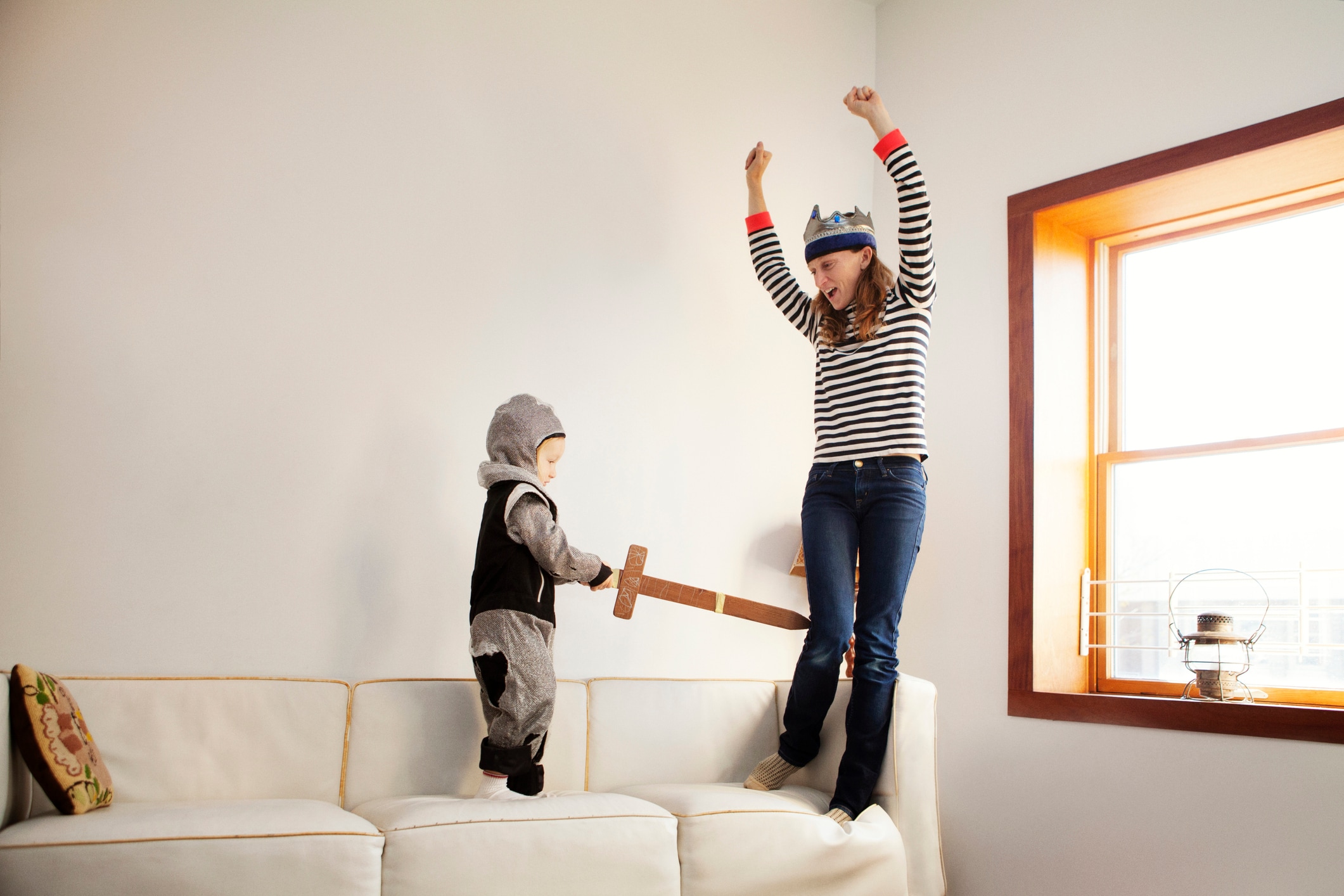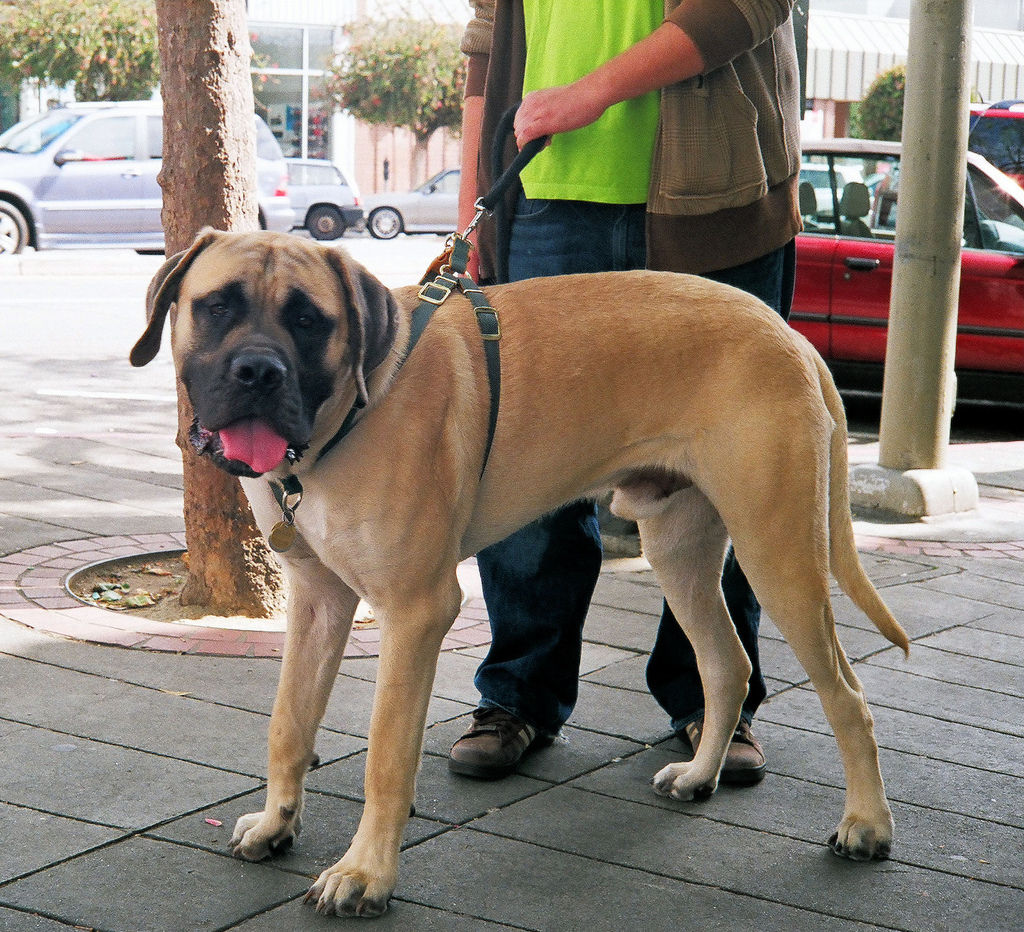In this article
As a child, you were probably told more than once to have respect for others, especially your elders. It seemed simple then: don’t talk back; don’t mess with other people’s things; don’t goof off. But now, as a parent or caregiver, you might begin to notice that these sorts of things don’t always come easily to everyone. So, how should you start digging into the concept of respect with your little ones?
“I believe respect is a core component or characteristic of a healthy relationship, so it must be learned early,” says Daisha Miller, a licensed associate marriage and family therapist with Open Mind Health. “Learning the concept of respect teaches children how they should be treated and how they should treat others.”
But how do we come up with a respect definition for kids in words they can understand? And how do we go about teaching them to practice it with others? We spoke with several experts to get all the info you might need on covering the basics of respect for kids — and then some. Here’s what to know.
“It’s about understanding that every person deserves to be treated kindly, listened to and cared for, just like they do.”
— Brooke Sprowl, licensed clinical social worker
Key takeaways
- Teaching respect starts with simple, kid-friendly definitions like “everyone matters,” helping children learn to care about others’ feelings, needs and boundaries. Modeling respectful behavior in daily interactions is one of the most powerful ways adults can reinforce the concept.
- Kids learn respect by seeing it, feeling it and practicing it—through how adults communicate with them, how they treat others and how families handle shared spaces and belongings. Books, media and real-life examples all help make these lessons concrete and relatable.
- Understanding and practicing respect helps kids build healthy relationships, assert boundaries and respond appropriately when they experience disrespect. Ultimately, fostering respect creates emotionally safe environments where children can thrive and contribute to a kinder community.
Respect definition for kids
“For children, I like to define respect simply as ‘knowing and showing that everyone matters,’” says Brooke Sprowl, a licensed clinical social worker and the founder and clinical director of My LA Therapy. “It’s about understanding that every person deserves to be treated kindly, listened to and cared for, just like they do.”
Sprowl says she usually explains it to kids in the simplest terms: Respect means treating others in a way that shows you care about their feelings and needs, just as you’d want them to care about yours. She says the idea is to help kids learn that respect is meant for everyone, even when you don’t always agree with them or get what you want.
“It also means taking care of things — whether it’s a friend’s toy, the environment or a pet — because showing respect isn’t limited to people,” she adds.
Additionally, Sprowl says understanding boundaries is crucial to understanding (and teaching) the respect definition for kids. “Often, we consider the adage ‘no means no’ solely in the context of sexual consent; however, this principle applies universally to all aspects of personal boundaries, and is fundamental in teaching respect,” says Sprowl. “Children can learn respect by recognizing and honoring these boundaries.”
What are some examples of respect for kids?
While older generations may have equated respect with silent obedience, the current generation of adults raising children has a much more nuanced take on this concept. Many of us now consider things like bodily autonomy and consent to be just as important as respect. Parents may also distinguish between having respect and showing respect.
Read more:
“Having respect is when someone reveres and admires another person, and… this is something that has to be earned through trust and relationship, and is not something that is automatically given,” says Jamie Buzzelle, a parenting coach in Lake Tapps, Washington. “Showing respect is generally equated to what we think, in societal terms, of what is respectful — kind language, manners, treating others the way we want to be treated, following rules, etc.”
Here are some kid-specific examples from our experts of what respect might look like in a variety of situations:
At home
- Saying thank you for a meal that was made for them.
- Cleaning up after themselves.
- Asking to use something that belongs to a family member (and only using when allowed to do so).
- Offering to help a family member (such as if they’ve brought home groceries).
- Remaining calm when asked to do chores, even when they don’t want to.
At school
- Using classroom supplies thoughtfully.
- Helping out a classmate if they’re struggling.
- Welcoming others into their class or small groups.
- Avoiding name-calling of any kind.
- Using encouraging language with classmates (such as “Good job!” after a presentation).
Out in public
- Following reasonable rules (such as taking shoes off inside someone’s home if asked).
- Showing appreciation for people’s labor (such as a restaurant server, custodial worker or sales clerk).
- Not acting out purposefully in public (even if their peers are).
- Saying “please” and “thank you” when appropriate.
How can we teach kids about respect?
Aside from offering a respect definition for kids and clear examples of what respect looks like in action, you might wonder what else you can do to teach kids about respect. Here’s what our experts suggest:
1. Talk about what respect means to you
“Start by defining for yourself how you view and show respect,” says Bonnie Scott, a therapist and the founder of Mindful Kindness Counseling. “It may be that you’ve carried a lot of messages from others that don’t really reflect how you feel about respect and respectful interactions. Once you’ve got your own definition, you can find the words to share with your kids.”
Scott adds that this may turn into ongoing conversations over the years, and your definition may shift and change as society does. Don’t be afraid to make room for growth and even to learn from mistakes along with your child.
“Get down on their level, make eye contact (if they can handle it), ask about their day… This helps kids not only to feel respected, but to see up close how to model this behavior elsewhere.”
— Jamie Buzzelle, parenting coach
2. Model respect in everyday interactions
Once you’ve built your foundation, all the experts we spoke to agree that the next step is modeling respect for your children. This means being aware of how you are acting (and reacting) in all kinds of situations, such as:
- In conversations with your partner, family and friends.
- While interacting with neighbors.
- When talking to employees at stores.
- When addressing strangers.
It also means modeling how you show respect for the world around you, from cleaning up after yourself at a restaurant to making sure not to throw litter on the ground.
“Children are more likely to do what they see you do,” adds Miller. She recommends putting children in spaces where they have the opportunity to practice respect around others.
3. Demonstrate respect when communicating with kids
It’s important that children understand that respect goes both ways and adults should be respecting them as well. Here are a few examples of how adults can show children they respect them:
- Acknowledging kids’ feelings.
- Explaining ourselves clearly to avoid miscommunication.
- Honoring a child’s boundaries (such as if the child declines a hug).
- Listening to children with intention and interest (just as you would an adult).
“Get down on their level, make eye contact (if they can handle it), ask about their day and tell them you are happy to see them,” says Buzzelle. This helps kids not only to feel respected, but to see up close how to model this behavior elsewhere.
4. Use books and media to learn about respect
Show children videos that teach lessons on respect and promote social emotional learning. Some examples of supplemental resources include:
- PBS Learning – Mutual Respect video learning kit.
- “Sesame Street” – Word on the Street: Respect
- “Daniel Tiger’s Neighborhood” – Daniel wants to sit next to Chrissie.
Books are also a great way to start important conversations about boundaries and respect. “Resources such as the book ‘Have You Filled a Bucket Today?’ by Carol McCloud advocate for kindness and can be very effective,” says Miller.
5. Talk about how to “push back” on disrespect
Parents and caregivers should remember there are some exceptions to every rule, including when it comes to respect. There may be times when a child is being disrespected (or witnessing disrespect) — such as within a toxic friendship — when it may be warranted for a child to “push back” or call out the disrespect.
“The child can state the behavior they do not like and share how they would like to be treated instead,” Miller says. “Also, telling a trusted adult that they feel disrespected or someone hurt their feelings is always encouraged.”
6. Explore what respect means in different cultures and contexts
Additionally, it’s important to remember that respect can vary from culture to culture (or even person to person).
“Respect to me can look one way, and you can define respect in a completely different way,” Miller says. “I encourage anyone in any type of relationship to ask their loved ones: ‘What does respect look like to you?’ or ‘What can I do to make you feel respected?’”
Why learning about respect matters
Respect is important on a micro level — for a family or household to function — but it’s equally important to keeping our society functioning as well. “Without broad application of respect for others, there’s a societal void and contempt will fill it,” says Scott. Contempt makes it easier for people to disregard the feelings, needs and humanity of others — the type of behavior you might notice on an online comment section gone awry, she adds.
When kids learn about respect, it helps promote emotional safety, says Buzzelle. “Children are especially attuned to emotionally safe environments because their nervous systems are so attuned to the adults around them. When there is more emotional safety, due to ‘safe’ adults, children thrive.”
“Respect bolsters our empathy,” Scott concludes. “[It] supports a culture of gratitude and kindness, and that’s the society we deserve.”





